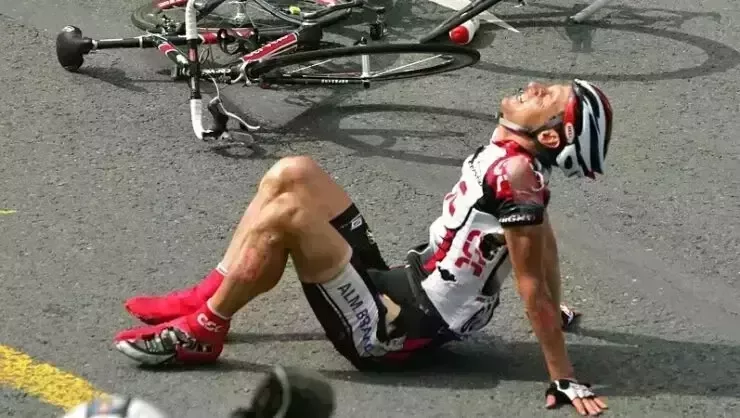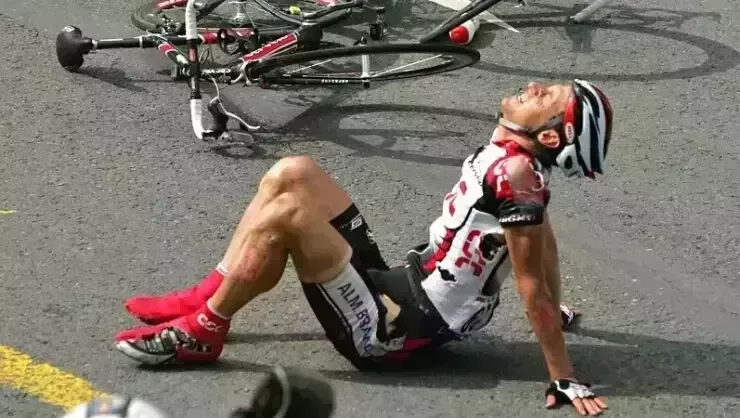How to Avoid Cycling Injuries Tips: Cycling is one of the best types of exercise you can get involved in. It works for people of all ages and physical fitness levels, and it’s relatively affordable, though it can get expensive if you let it. Whether you’re an enthusiast or just a casual rider, there are some dangers to cycling. If you take care and pay attention to a few things, you can avoid some of the most common cycling injuries.

Be sure to brake correctly

On a bike with lever brakes, place your hands on the ends of the levers and brake with the rear wheel first, not the front. This will prevent the bike from tipping and be throwing you.
Don’t stand on or hold down your brakes when going downhill for long periods
This could overheat the rims or the brakes, causing a failure or tire blowout. Instead, consider tapping the brakes lightly when you need to slow down.
Avoid long term pedaling in high gear

The gears are there for a reason, and high gears increase pressure on your knees. Knee injuries are a big deal, and it’s important to avoid them!
Make sure you have a comfortable handlebar position for your bike
On most racing bikes, this is about three-quarters of an inch lower than the seat top. However, some classic bikes have higher handlebars and should be ridden in a more upright position. Find the one that’s comfortable for you and easier on your body.
Make sure you frequently change positions to avoid stiffness and muscle cramps

Your arms and elbows should be loose. Bend your elbows so that any bumps are absorbed by the position. If you lock them, the strain will go straight to the joint and could cause a lot more damage.
Wear the right safety gear. That means a helmet, and possibly reflective vests or tape to make sure you’re visible at night.
Make sure your bike is sized correctly to your body. Most people are riding bikes that are too small. A larger one can take some getting used to, but it’s worth it in the long run.

Check pedal resistance
An experienced cyclist in good shape generally pedals at ninety to one hundred rpm. However, this is more than is generally expected from a beginner. Sixty to eighty revolutions indicates you have an acceptable resistance.
Stay hydrated

Drinking plenty of fluid will keep you from developing muscle cramps. That means consuming four to eight ounces of water or a sports drink every quarter to the third of an hour you ride.
Listen to your body
The pain of exhaustion is a different pain from that of injury. If something feels wrong, don’t just try to ride through it. Stop what you’re doing, see a doctor, and find out how to avoid repeating or aggravating the injury. Cycling is a great way to get and stay in shape, but you have to do it correctly!
Related Posts:
